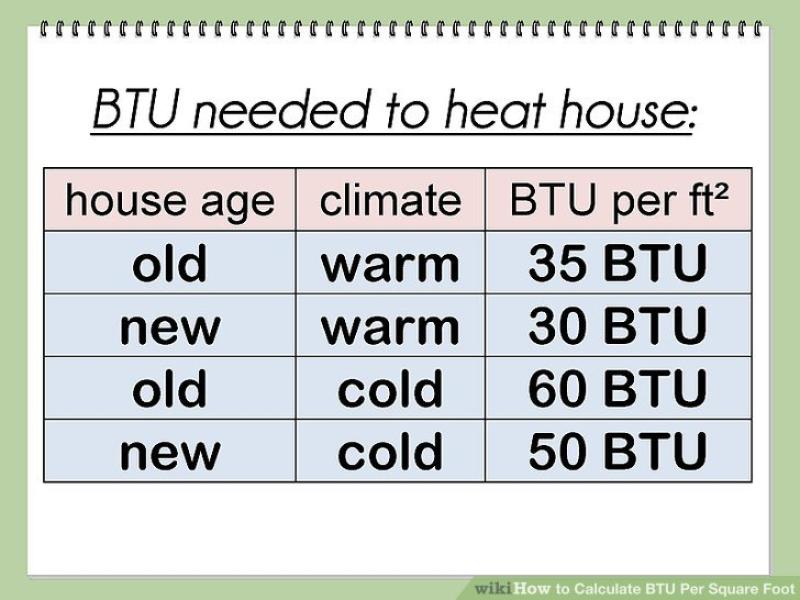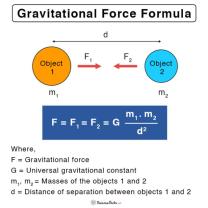How do you calculate BTU?
The British Thermal Unit (BTU) is a unit of energy commonly used in the United States to quantify heating or cooling energy. The BTU is often used in relation to HVAC (Heating, Ventilation, and Air Conditioning) systems to measure the amount of heat energy produced or removed. The methods for calculating BTU depend on the context, whether it's for heating, cooling, or other applications. Here are some common methods for calculating BTU:
1. Heating BTU Calculation:
BTU = (Flow Rate) x (Temperature Difference) x (Specific Heat of the Substance)
Example: Calculating the BTU required to heat water:
- Flow rate = 10 gallons per minute (GPM)
- Temperature difference = 40°F
- Specific heat of water = 8.33 BTU/(lb°F)
Calculation:
- BTU = (10 GPM) x (40°F) x (8.33 BTU/(lb°F))
- BTU = 3,332 BTU
2. Cooling BTU Calculation:
BTU = (Flow Rate) x (Temperature Difference) x (Specific Heat of the Substance)
Example: Calculating the BTU required to cool air:
- Flow rate = 1,000 cubic feet per minute (CFM)
- Temperature difference = 20°F
- Specific heat of air = 0.24 BTU/(lb°F)
Calculation:
- BTU = (1,000 CFM) x (20°F) x (0.24 BTU/(lb°F))
- BTU = 4,800 BTU
3. HVAC System Sizing:
BTU = (Area to be conditioned) x (Heat Load Factor)
Example: Sizing an HVAC system for a room:
- Room size = 400 square feet
- Heat load factor = 25 BTU/square foot
Calculation:
- BTU = (400 sq. ft.) x (25 BTU/sq. ft.)
- BTU = 10,000 BTU
4. Appliance Ratings:
BTU Rating = (Energy Input) x (Efficiency Factor)
Example: Determining the BTU rating of a gas furnace:
- Energy input = 100,000 BTU/h
- Efficiency factor = 0.85 (85%)
Calculation:
- BTU Rating = (100,000 BTU/h) x (0.85)
- BTU Rating = 85,000 BTU/h
Important Considerations:
Specific Heat: The specific heat value is crucial for calculating BTU and varies depending on the substance being heated or cooled. It represents the amount of heat energy required to raise the temperature of a unit mass of a substance by one degree Fahrenheit.
Efficiency Factor: When calculating BTU for appliances like furnaces or air conditioners, it's important to consider their efficiency factor. The efficiency factor accounts for the percentage of input energy that is converted into useful heating or cooling.
Consistency of Units: Ensure that the units used in the calculations are consistent. For example, if using gallons per minute for water flow, make sure the specific heat value is in BTU/(lb°F).
These methods provide a general overview of BTU calculations in different contexts. Depending on the specific application, additional factors or constants may need to be considered. It's also worth noting that some HVAC systems or appliances may provide BTU ratings directly based on testing and industry standards.
What formula or process is employed to calculate British Thermal Units (BTUs)?
British Thermal Units (BTUs) is a unit of energy commonly used in the United States to measure the heat content of fuels. One BTU is defined as the amount of heat required to raise the temperature of one pound of water by one degree Fahrenheit.
The formula to calculate BTUs is:
BTUs = (pounds of fuel) * (heating value of fuel in BTU/pound)
For example, if you burn one pound of propane, which has a heating value of 9,100 BTU/pound, you will release 9,100 BTUs of heat.
Here is a table of the heating values of some common fuels:
| Fuel | Heating Value (BTU/pound) |
|---|---|
| Propane | 9,100 |
| Natural gas | 21,500 |
| Gasoline | 20,000 |
| Heating oil | 130,000 |
| Electricity | 3,412 (BTU/kWh) |
To calculate the BTUs of a specific fuel, you will need to know the weight of the fuel and the heating value of the fuel. You can find the heating value of most fuels online or in reference books.












